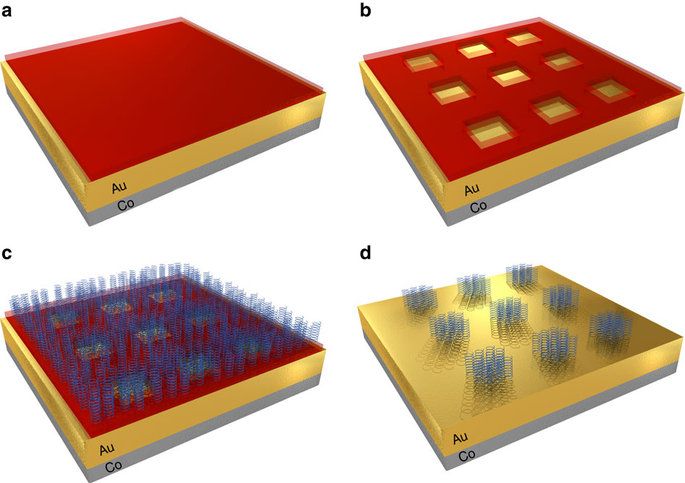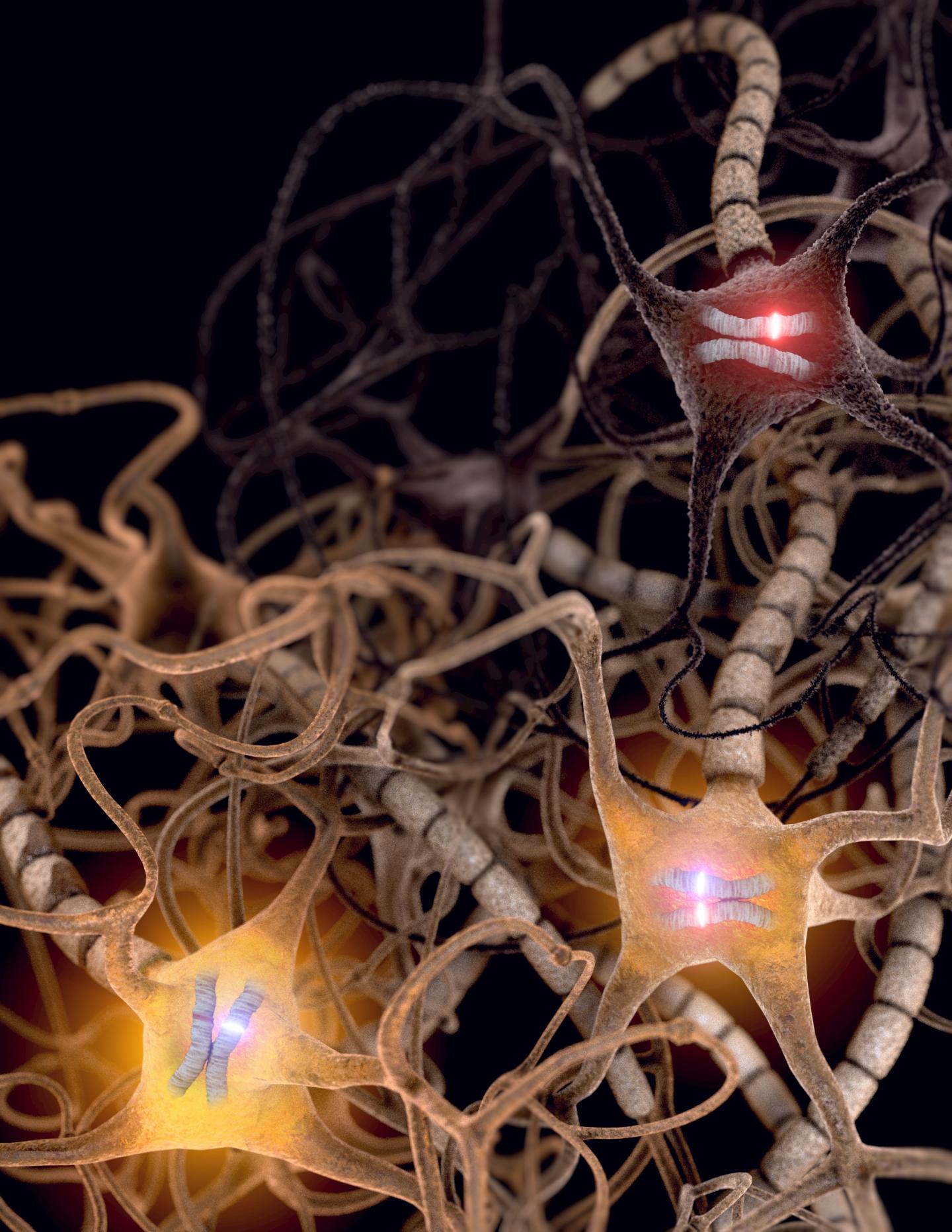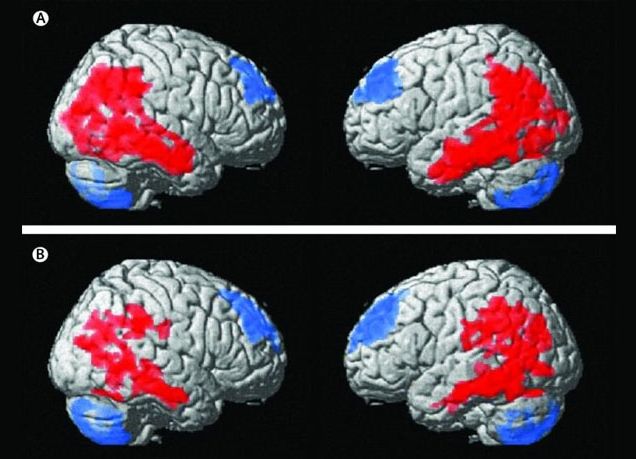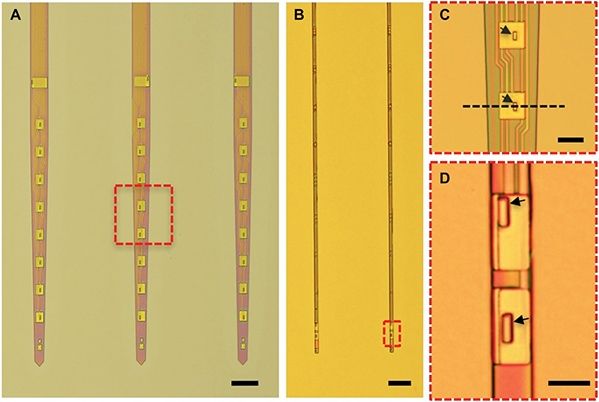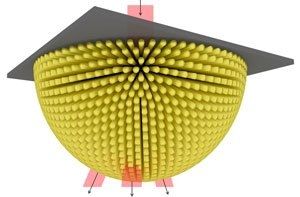Feb 23, 2017
KFC menu found to be loaded with MSG “excitotoxins” that can damage neurology
Posted by Karen Hurst in categories: food, health
(Natural News) KFC makes much of its “secret blend of herbs and spices,” but there’s a much simpler reason that people tend to find the flavor of the restaurant’s chicken so striking and find themselves craving more: All KFC chicken is literally marinated in MSG.
MSG, or monosodium glutamate, is an artificial salt designed to activate the “umami” taste receptors on the tongue that give food a full, savory flavor. Unlike naturally occurring glutamate, which is an amino acid found in foods such as anchovies, tomato paste, soy sauce, Worcestershire sauce and parmesan cheese, MSG has been connected with various health problems, with some individuals more sensitive than others.
Some of the dangers of MSG might stem from the fact that it is a highly concentrated form of glutamate, which is not only an amino acid but also a neurotransmitter. Such chemicals are known as excitotoxins, meaning that while they are beneficial in low doses, in high doses they can overstimulate neurons literally to death.
Continue reading “KFC menu found to be loaded with MSG ‘excitotoxins’ that can damage neurology” »



